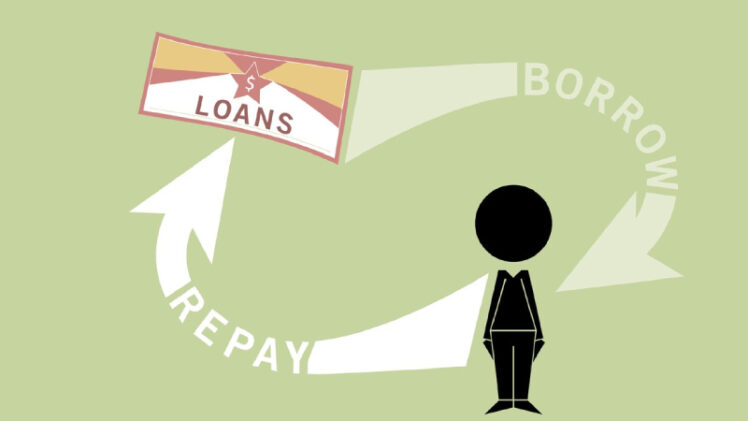Understanding Loan Repayment
When a person takes a loan, they need to repay both the amount they borrowed and the interest accrued on it. What is interest? It is the fee you pay to the bank for lending their money. It is through the interest that the lender makes a profit.
When you repay a loan, it is divided into two parts. One covers the interest on the loan and the second is deducted from the principal amount you borrowed.
When it comes to determining the loan repayment rate and calculating how much total interest you will have to pay, a number of factors are involved. Most of these factors are given to you by the lender.
Even if you don’t wish to calculate the interest the loan will garner over the years, it is still a good idea to get a feel of all the factors. Read on to know what aspects are needed to calculate the loan repayment rate!
The Principal Amount And The Interest Rate
The most important factors of any loan are the principal amount and interest rate. They play the most prominent role in how much you will repay to the lender.
- Principal amount
This is the total amount you borrow from the bank. When deciding the principal, don’t consider how much you need, focus on how much you can afford to pay back. Remember your return to the bank much more than what you initially borrowed.
To evaluate your financial feasibility, check your monthly and yearly budget. Include in the decision any significant life changes that may come along the way like having children or getting a higher education.

- Interest rate
To find out how much interest you will pay on a loan, use the annual interest rate. You can increase or decrease the interest you pay per month by using different loan terms. The loan term is the number of months or years you have to repay the entire loan.
Loans with short terms tend to have higher repayment amounts but less interest because you pay them off faster. On the other hand, loans with long terms allow you to borrow more money, pay lower monthly repayments but accumulate more interest.
The Repayment Schedule And Amount Of The Loan
- Repayment schedule
Loans give you the option to pay weekly, monthly, or in other set periods. This is called a repayment schedule. You can pick the one that suits your budget. More repayments mean you shell out money faster, but in the long run, you pay the bank less interest. Therefore, you save in totality.
Before you commit to a schedule, make certain that you can fulfil it or you can end up with penalties.
- Repayment amount
When you repay a loan, not all of it is utilised to pay off the principal amount. Some of it is used to pay off the interest first, and then the balance is deducted from the principal amount. It is essential to know your repayments because all ongoing interest is calculated on the principal that is yet to be paid.
These were the primary factors to think over when considering a loan repayment rate. Besides this, take into account any additional charges and fees the bank or lender asks of you. They can turn a seemingly affordable loan into a completely out of budget option, sometimes.
Know More About : Fret Not Loan Defaulters, Read These!












